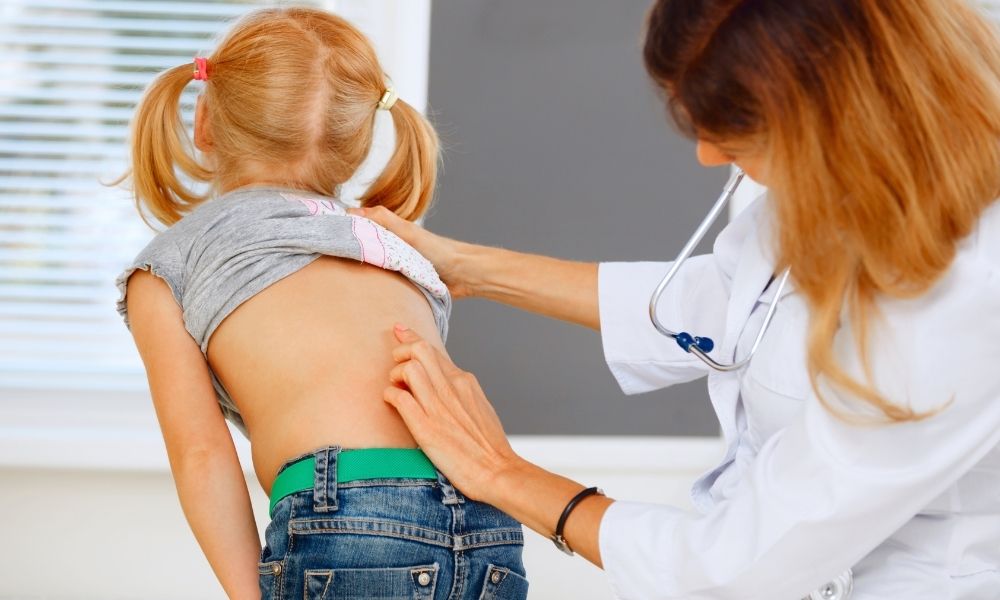If your child recently received a diagnosis of scoliosis, you can help them navigate this condition with the right treatment and support. You may also have a lot of questions pertaining to the reasons why your child might develop scoliosis. Though the answer isn’t always clear, some explanations exist.
What Is Scoliosis?
Scoliosis is a common spinal condition that typically develops during adolescence. Treatment options include monitoring, physical therapy, bracing, and surgery. If the spinal curve is between 25 and 35 degrees, doctors might recommend a scoliosis brace for your child. Bracing is designed to stop the spine from curving and prevent the need for surgery.
Most people with scoliosis live regular—and even extraordinary—lives while managing their condition. The sooner your child begins treatment, the more likely they are to respond well to it. Don’t hesitate to have your child checked for scoliosis.
Idiopathic Scoliosis
Most types of scoliosis are idiopathic, which means the cause is unknown. This is the type that’s most likely to develop in adolescence, and may progress with growth spurts.
Hereditary Scoliosis
Hereditary scoliosis is technically another type of idiopathic scoliosis. Experts believe that some people with scoliosis will pass it on to their descendants. You may not know anyone in your family who was diagnosed, but that doesn’t mean it wasn’t present. Sometimes the condition is unnoticeable. Still, the original cause is often unknown.
Congenital Scoliosis
Some babies are born with scoliosis. Congenital scoliosis is when the vertebrae doesn’t develop properly in the womb. Though some cases are diagnosed at birth, symptoms may not show until the first or second growth spurt (around age two or during early adolescence).
Co-Occurring Scoliosis
Certain conditions can cause scoliosis as well. It may co-occur with medical problems that affect the skeletal system and surrounding muscles. Potential causes of co-occurring scoliosis include:
- Cerebral palsy
- Marfan syndrome
- Muscular dystrophy
- Tumor
- Infection
- Injury
The reasons why your child might develop scoliosis aren’t always clear, but the same treatments are available. Though most cases will only require monitoring, children who need to brace have many options. Talk to Green Sun Medical today about the Whisper Brace and how it can help children who don’t respond to rigid braces.

